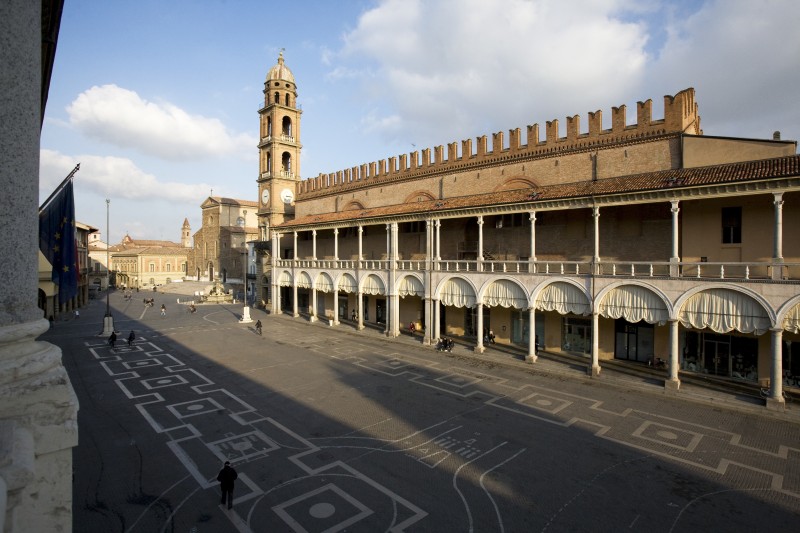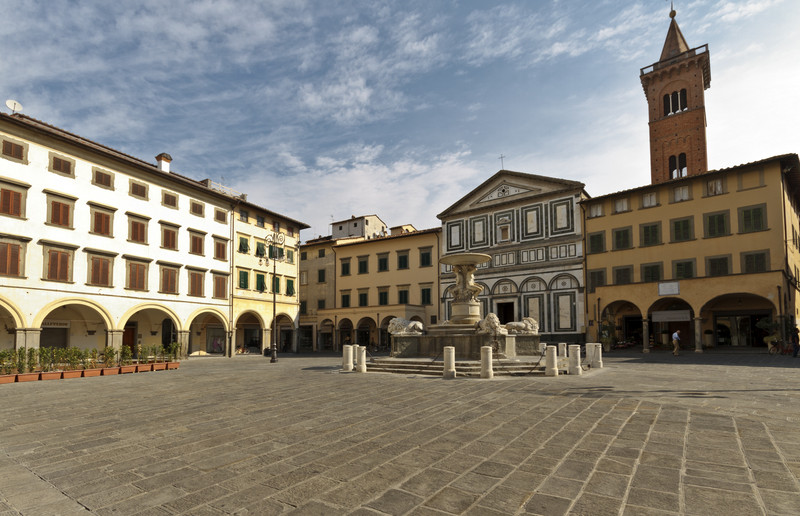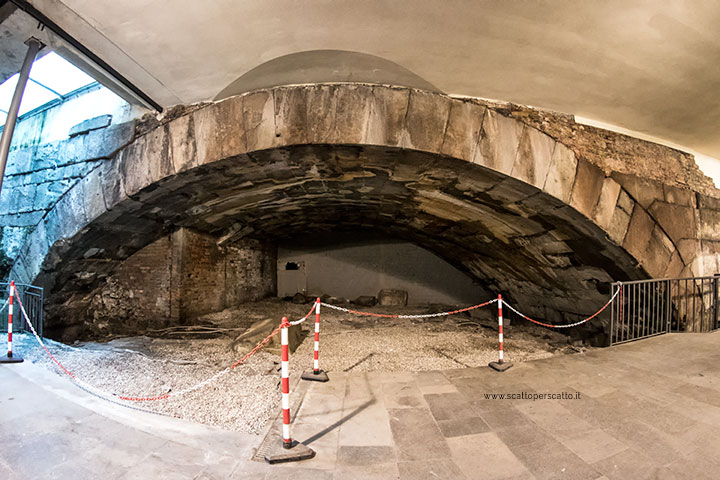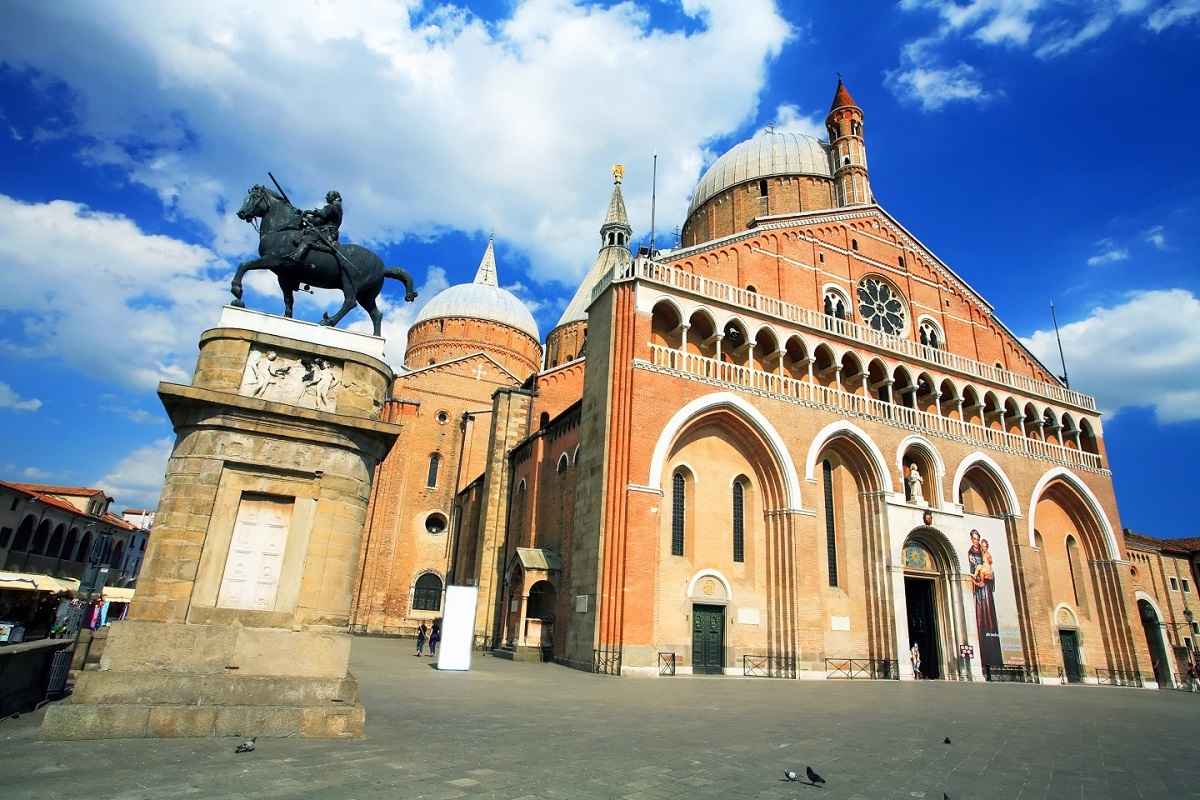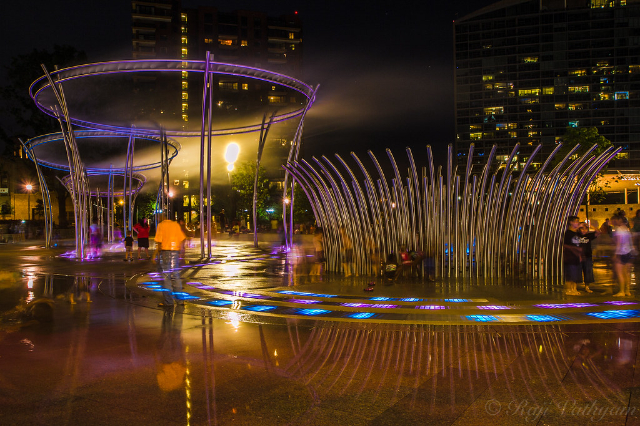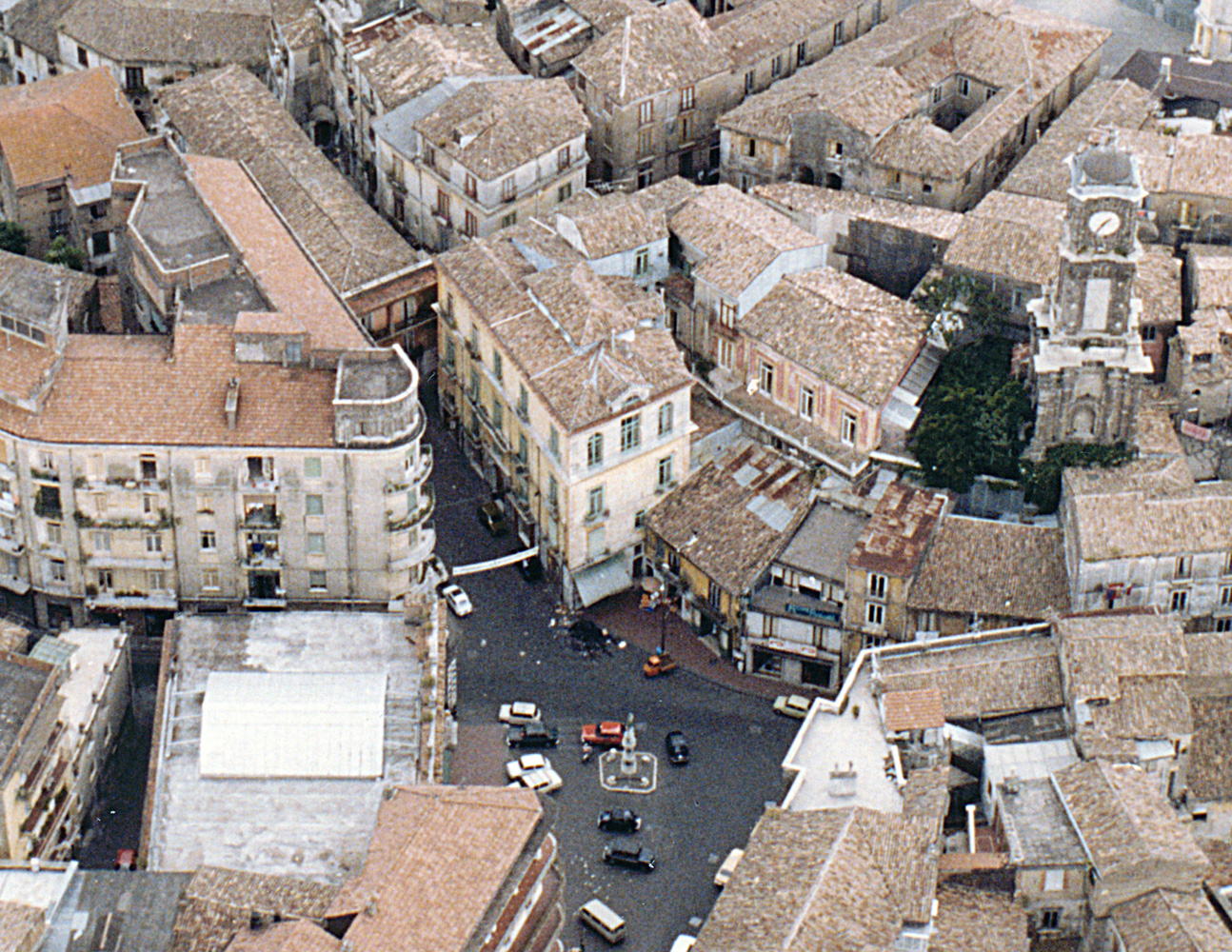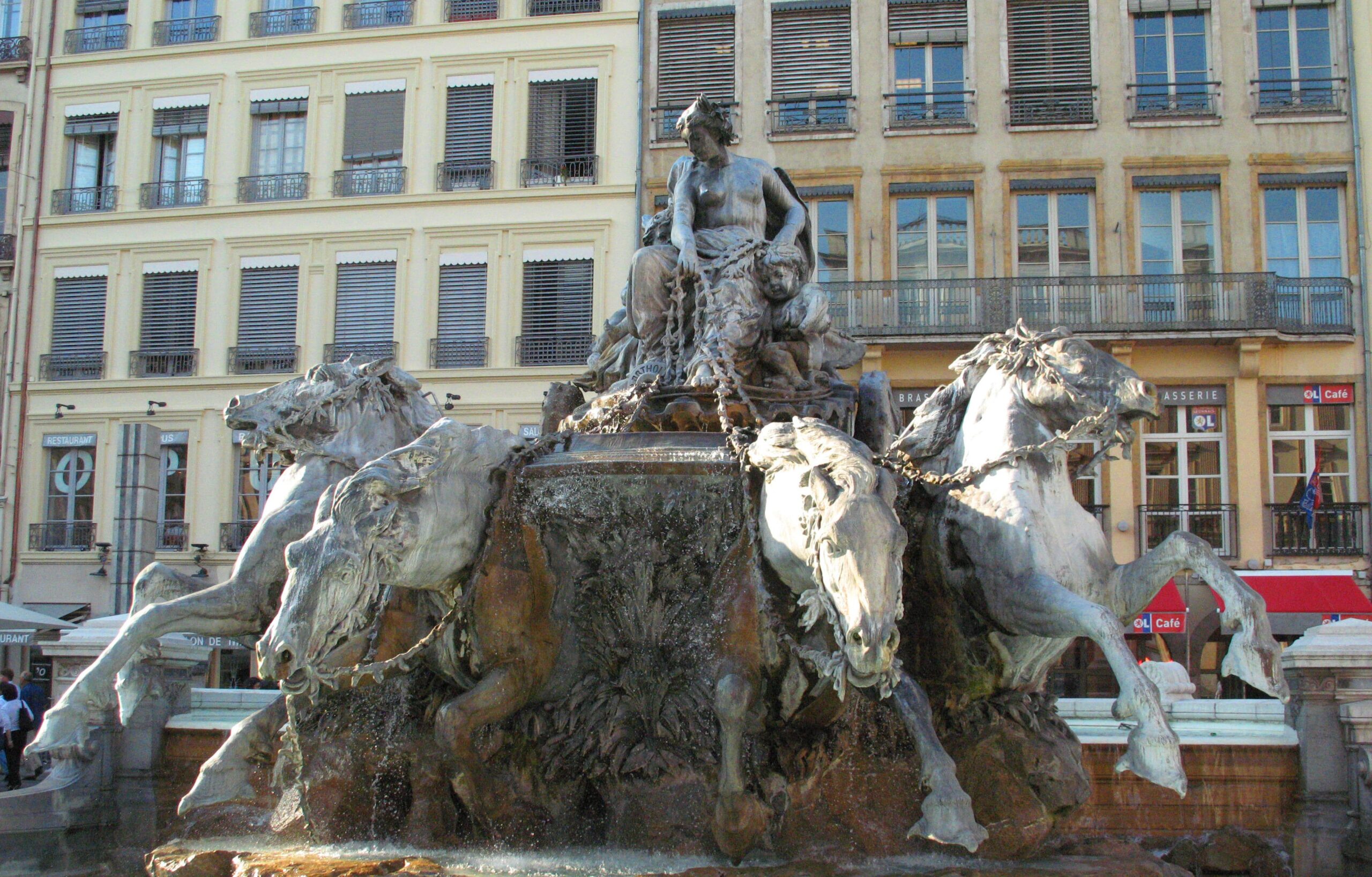The square is obviously of very ancient origin but it began to take on the physiognomy that still characterizes it in the 15th century, with the construction of the loggia of the Manfredi palace, a construction that began precisely after the transformation into a seigniory of the old city government and with the relocation of the Manfredi themselves to the municipal palace. On that occasion the palace was renovated and enriched on the upper floor with mullioned windows with white Istrian stone (only one remains) and by a large, two-story, seven-arched loggia. This was the first core of the loggia, later enlarged in the seventeenth century with the intention of unifying the entire side of the square, giving it a very distinctive architectural definition. The entire loggia was then rebuilt in neoclassical forms, similar to the original ones, in 1859 by municipal engineer Ignazio Bosi. On the other side stands the Palazzo del Podestà, to which a two-story loggia was added, at the expense of shopkeepers with stores in the square, in 1760. The initial plan, which was from the year before, called for a single story, but the Council of Elders wanted it two stories for symmetry with the loggia in front, that is, of the town hall. It was at this time that the idea of transforming a still undefined urban space into a regular square, architecturally punctuated by mirrored loggias in the manner of stage wings, according to a typically 18th-century concept, was realized.
The side of the Palazzo del Podestà had to be given a hand in 1872-75, due to manifest problems of statics, and the work was entrusted to the talented municipal architect-engineer Achille Ubaldini, who used classical forms in imitation of those of the municipal palace, renovated some fifteen years earlier by Bosi. Ubaldini, who generally eschewed neoclassical canons in favor of following rather an eclectic culture, in this case sought to harmonize the new loggia with the existing one, adjusting one to the other so as not to introduce contradictory elements into the most "delicate" and most meaning-laden space in the entire city.
